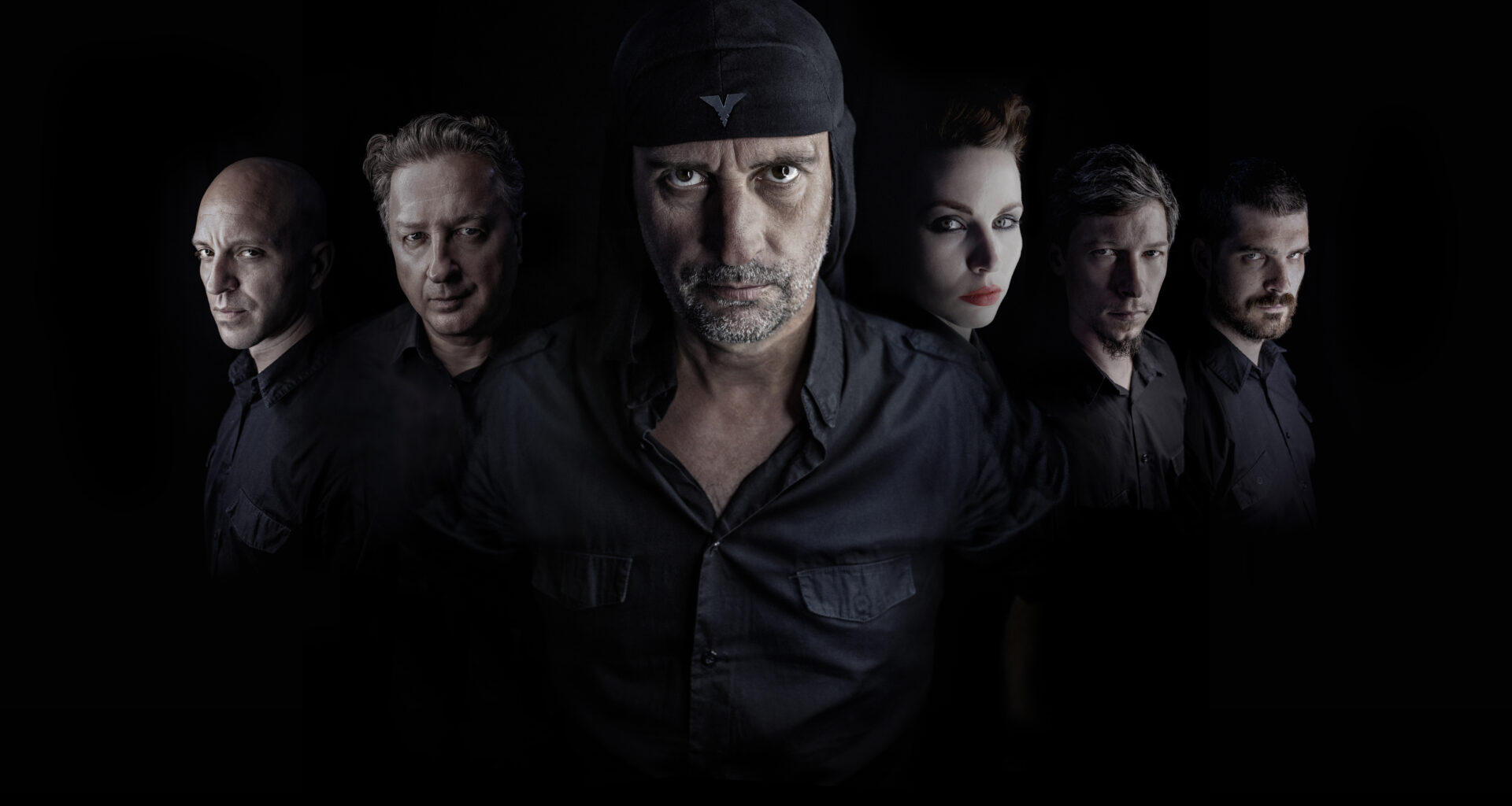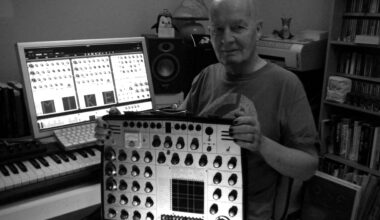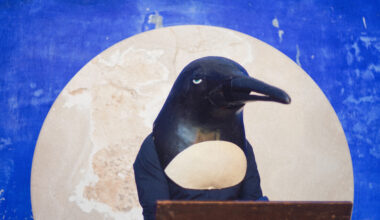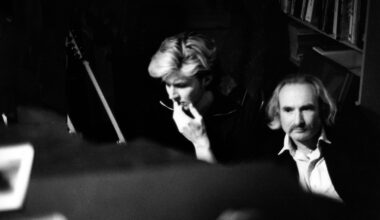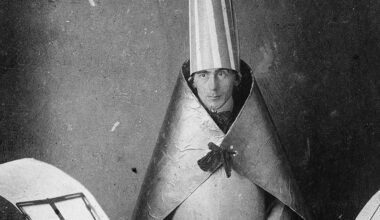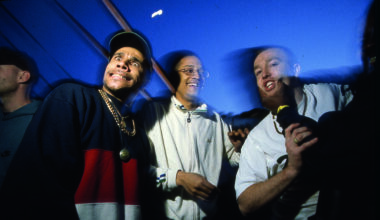A band? An art project? A secret cabal of political provocateurs? Going about their subversive business for more than four decades, everything that this unique Slovenian collective does comes as a surprise. Absolutely everything. Brace yourselves as we are granted an audience with the entity that is Laibach
Want to read more?
Sign up to Electronic Sound Premium to gain access to every post, video, special offers, and more. 100%, all you can eat, no commitment, cancel any time.
Already a premium member? Log in here
